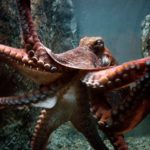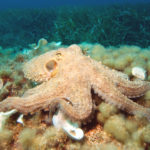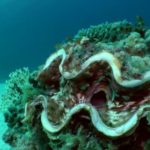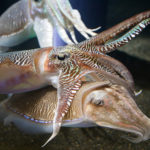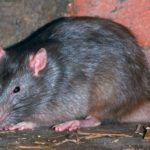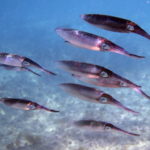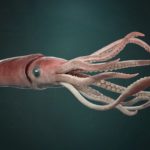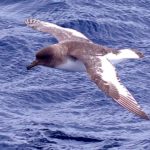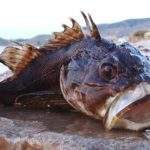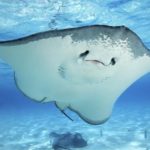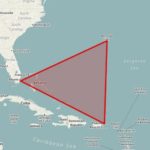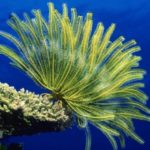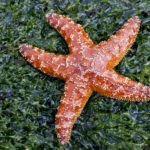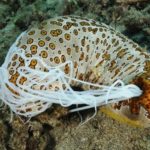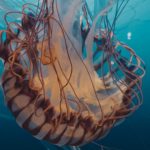Facts about octopus
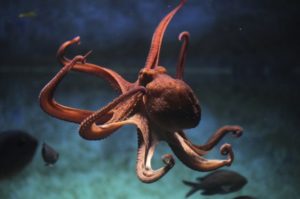 Octopuses are very unusual creatures, both in appearance and in their properties. It is not surprising that in the era of sailing ships the imagination of sailors often gave birth to terrible monsters, huge octopuses capable of dragging a whole ship to the bottom. In fact, these creatures are harmless to us – at least, most of their species.
Octopuses are very unusual creatures, both in appearance and in their properties. It is not surprising that in the era of sailing ships the imagination of sailors often gave birth to terrible monsters, huge octopuses capable of dragging a whole ship to the bottom. In fact, these creatures are harmless to us – at least, most of their species.
- The octopuses have not one heart, but three.
- The level of intelligence development in octopuses is very high. These creations are even amenable to training, and they also know how to distinguish between people and geometric figures.
- The pupils of the octopus are rectangular. This is a rarity that occurs only in some creatures, in particular, in sheep.
- Some octopuses are able to move overland. True, not far.
- All kinds of octopuses have mimicry – the ability to change the skin color to better hide.
- The cinched octopus is one of the most poisonous creatures on the planet.
- The brain of an octopus is roughly equal in volume to the rest of his body.
- On each tentacle of the octopus are located more than ten thousand taste receptors. Yes, these creatures taste with the help of tentacles.
- Escaping from a predator, the octopus fires a cloud of ink in it, disorienting the aggressor.
- The blood of the octopuses is not red, but blue.
- Some octopuses seek prey in shallow streams or puddles left after low tide, it is for this purpose getting out of the water and crossing land areas.
- Octopus can not stand dirt – they regularly “sweep” their shelter with a powerful jet of water. By the way, throwing water back, the octopus can move very quickly.
- The only solid part of the body of the octopus is a beak that looks like a parrot’s beak.
- The largest octopus was caught in 1945. Its weight reached 180 kg, and the length of the body with the tentacles exceeded 8 meters.
- Having lost one eye, the octopus also loses the ability to change the color of the skin on that half of the body on which the damaged eye is located.




